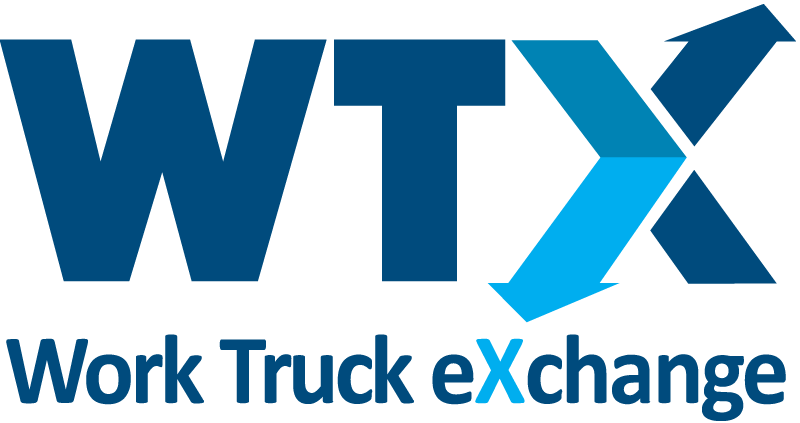Starting with a handful of fleets in 2014, the B20 Club has since grown to 30-plus members, representing a cross section of the transportation industry.
Vehicles Spotlight: Latest from Top Automakers
The latest fleet news from November that provide some insight into the automotive industry.


